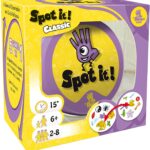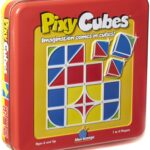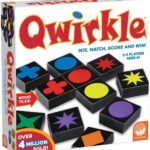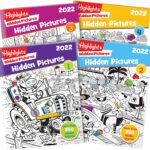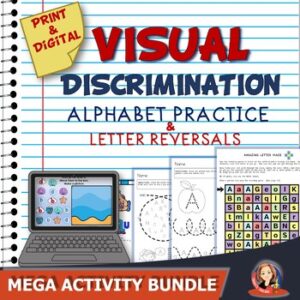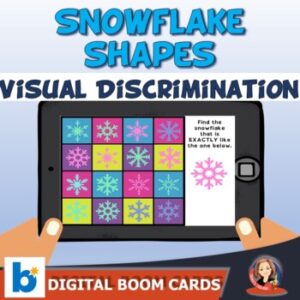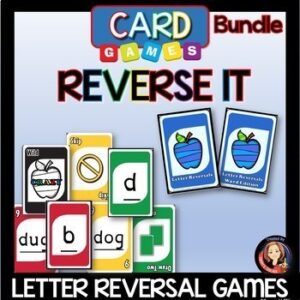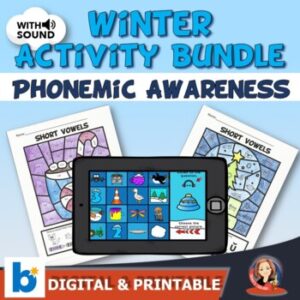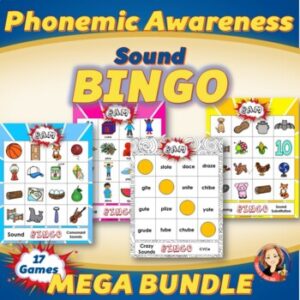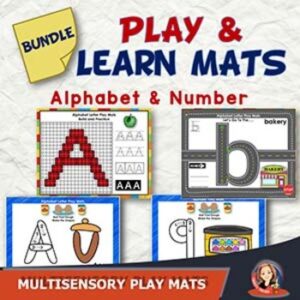Visual Discrimination Activities for Reading Success
Visual discrimination is a skill many parents and teachers don’t put on the top of their list for reading success. It turns out that it is critical to developing reading and writing fluency. Strong visual discrimination skills can help students pay attention to details and correctly identify letters and numbers when there is only a small difference between them. Identifying letters and words without confusion leads to better reading fluency and comprehension. Let’s look at why this skill is so important and some activities that can help.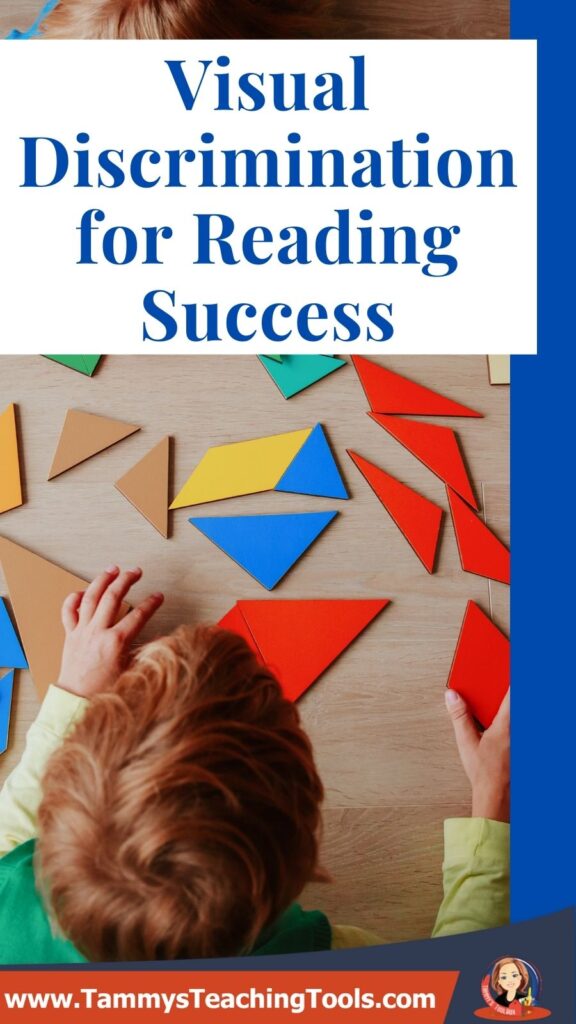
What is Visual Discrimination?
Visual discrimination is the ability to notice subtle visual details, including size, shape, color, position, and directionality.
Why is Visual Discrimination Important?
Determining differences and similarities between objects helps us understand and interpret the world around us. Visual discrimination is essential when learning how to read and write. Because success in reading hinges on understanding a visual code, students with weak discrimination skills often struggle. These students may reverse or confuse letters, struggle with tracking and reading left to right, and lack fluency and comprehension skills. Struggling readers often have weak visual discrimination skills, and this must be addressed first in order for them to become better readers.
What About Letter Reversals?
Many students that struggle with reading also have problems with letter reversals. Letters such as b, d, p, q, g, m, w, n, s, and z can give students problems due to visual discrimination deficiencies. This means students’ brains are not processing the subtle differences in the letters. To become better readers and discern letters, your students will need help overcoming visual discrimination weaknesses.
When students reverse letters, they write certain letters (or numbers) backward or upside down. The most common letter reversal is b and d. Another common reversal is p and q. An example of an upside-down reversal is m for w.
 Use multi-sensory materials while teaching the letter(s). Be sure the child says the letter name and sound while tracing the letter. “b” says /b/ while tracing the letter-repeat multiple times. Using visual and auditory cues can also help strengthen the memory of letter formation.
Use multi-sensory materials while teaching the letter(s). Be sure the child says the letter name and sound while tracing the letter. “b” says /b/ while tracing the letter-repeat multiple times. Using visual and auditory cues can also help strengthen the memory of letter formation.
→ Get a free bookmark here with cues for letter reversals. 
Check out this post for more information and resources that help with letter reversals.
→ 10 Powerful Activities to Improve Visual Discrimination Skills
What Are Some Good Visual Discrimination Activities?
The great news is that visual discrimination skills can be easily practiced and fun. Here are some everyday activities that promote strong visual skills. Many can be done around the house, in the classroom, or out on a walk. Look for colors, shapes, sizes, letters, etc. and have fun sorting and matching. Older kids will enjoy using books and art activities.
► Play “I Spy”
► Sort and match household items, such as socks, dishes, clothes, toys
► Matching games
► Play spot the odd one out – Which one is not the same?
► Puzzles
► Pegboards
► Pattern blocks
► Sort and build with colored building blocks and bricks
► Do art projects while sorting various craft materials
► Seek and find activities and worksheets
► Color by number, letter, or code worksheets
► Find the hidden picture books
► Bingo with picture cards
Where Can I Find Visual Discrimination Activities?
Here are some fun activities to try. (This post contains affiliate links)
Visual Discrimination Activities for Reading from Tammy’s Toolbox


